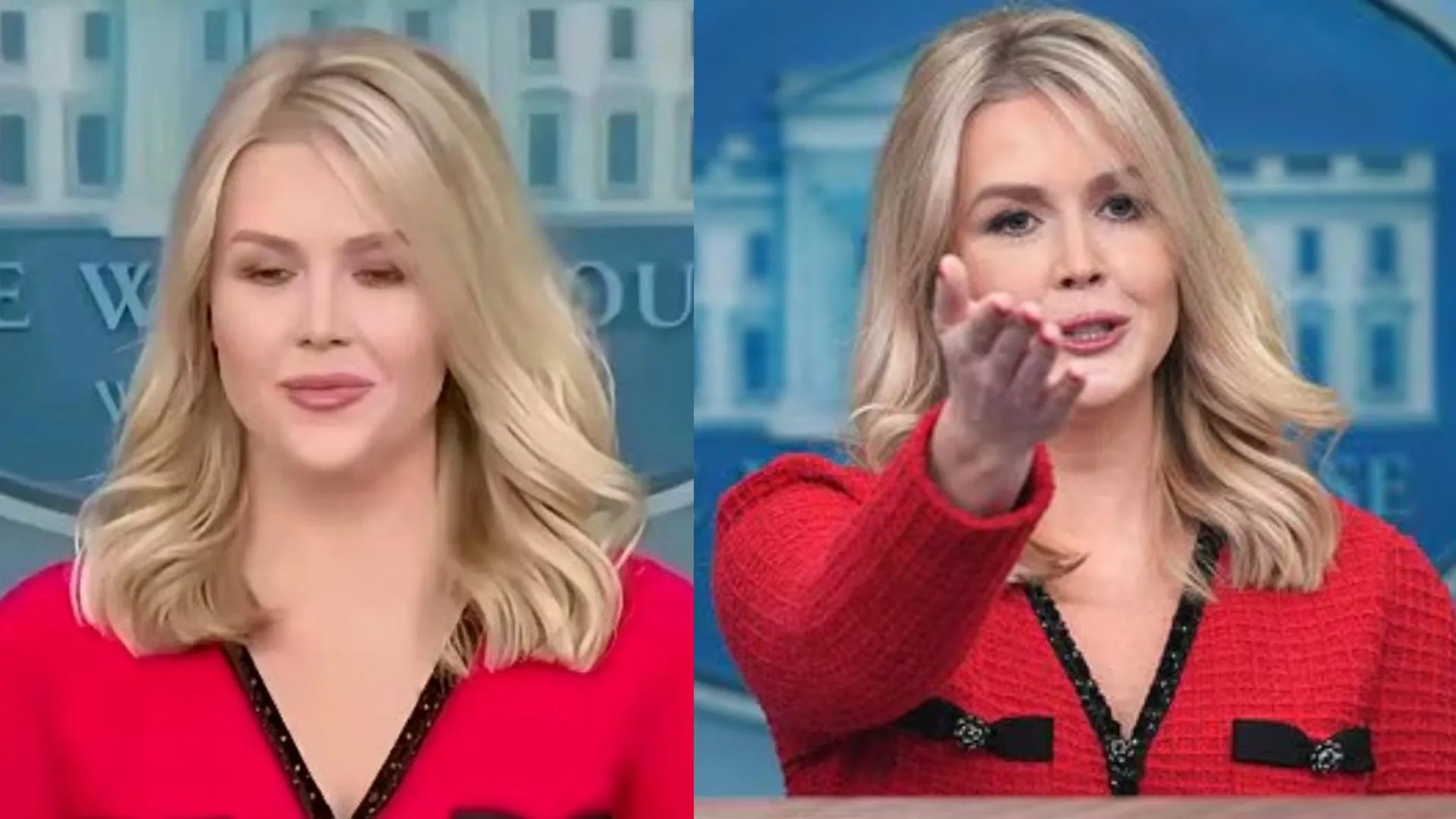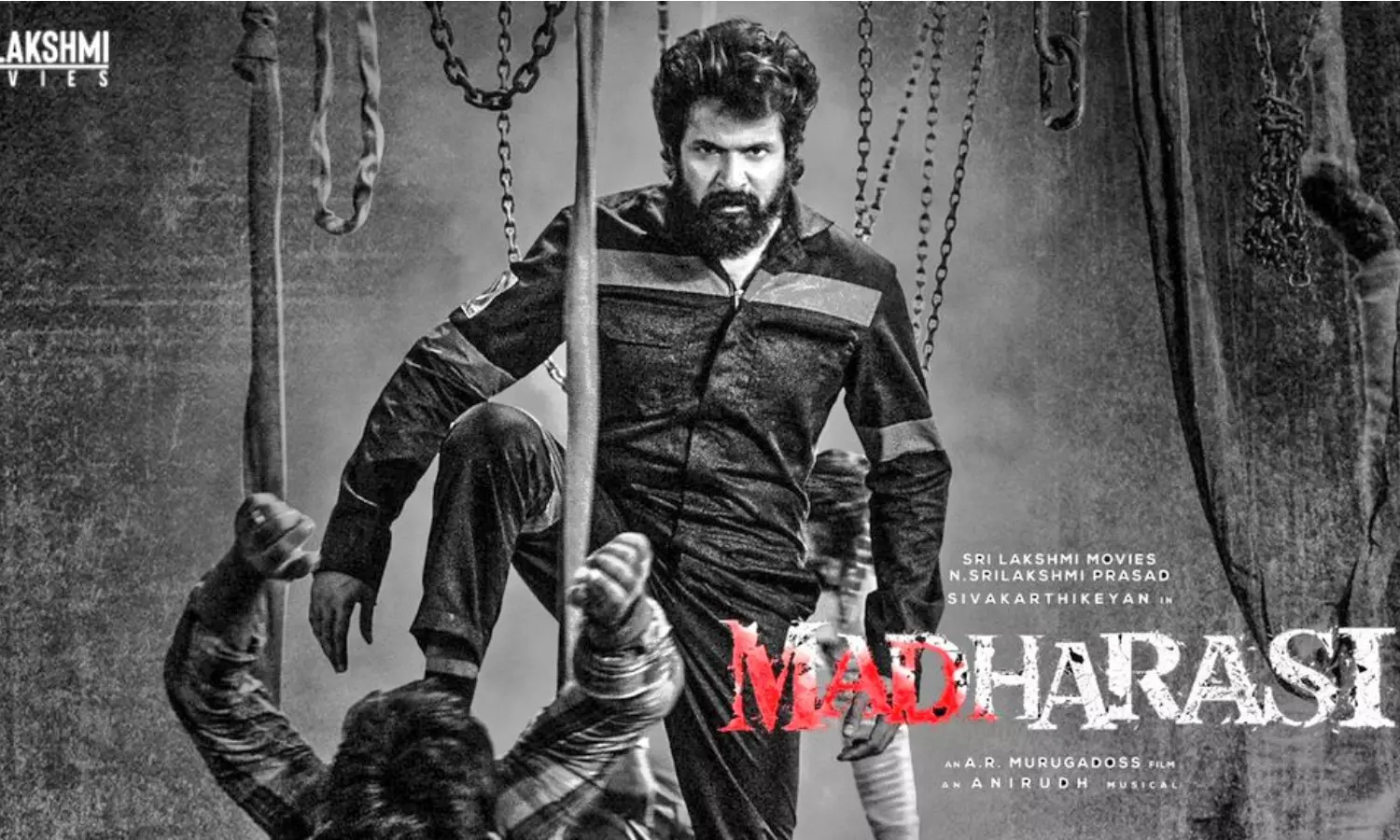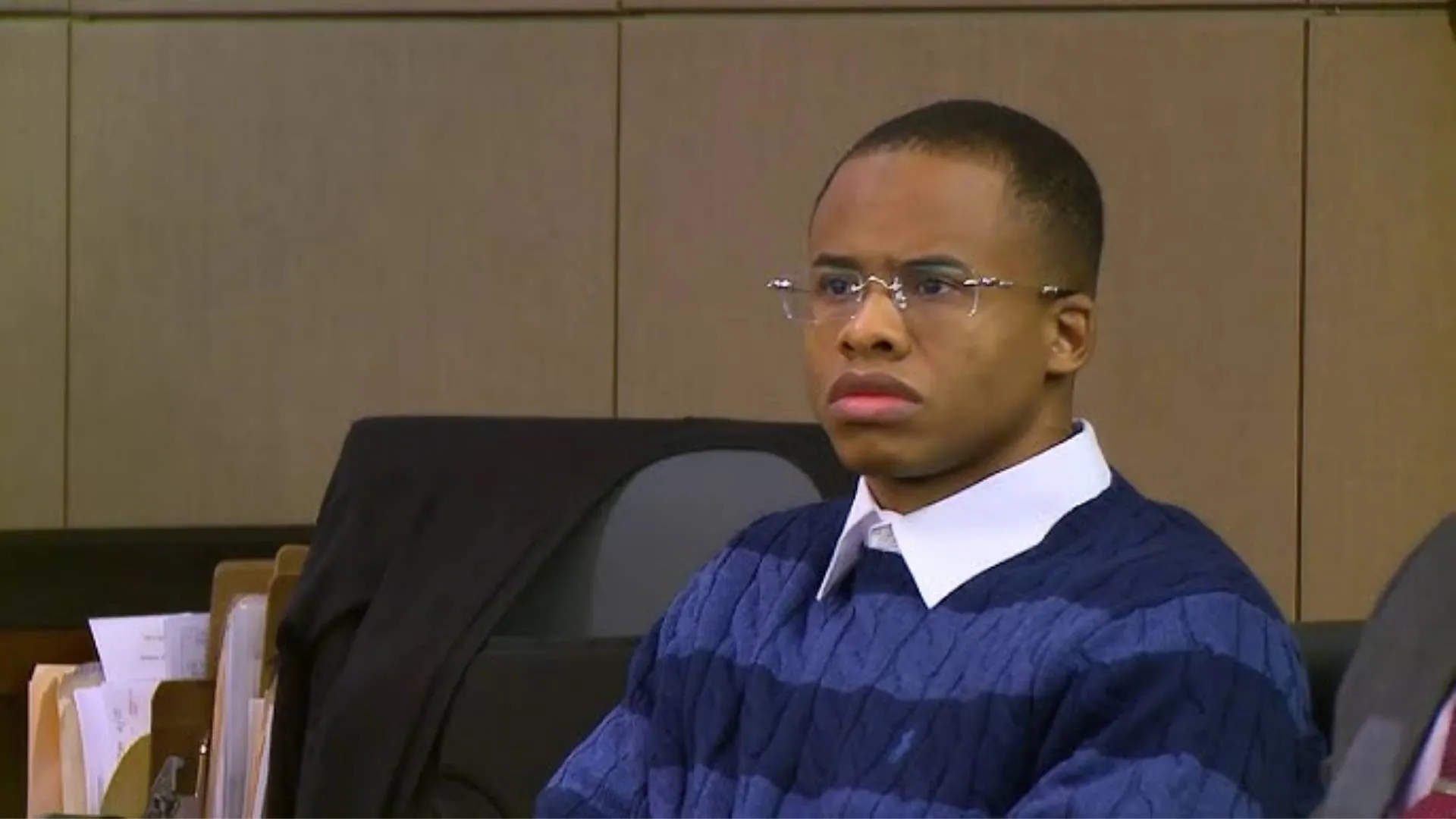Nearly five decades have passed since Justice Hans Raj Khanna’s historic dissent in the case of Emergency (1975-77), but he still lives in the Indian political and legal psyche for his judicial integrity and courage.
On December 14, 2024, Prime Minister Narendra Modi invoked the iconic stand of Justice Khanna against the Congress party and Gandhi family’s alleged attempt to undermine judicial independence during their rule.
Referencing the dissent of Justice Khanna in ADM Jabalpur vs Shivkant Shukla (1976), PM Modi accused the Congress of methodically weakening the judiciary by making constitutional amendments and the politicization of the legal institution. He mentioned how his career was derailed as a form of punishment for standing against authoritarianism.
Who is Justice HR Khanna: Voice of Liberty in the Face of Tyranny?
Justice Hans Raj Khanna (1912–20088) was a judge of the Supreme Court of India between 1971 and 1977. His moment of reckoning came during the Emergency when the government of Prime Minister Indira Gandhi suspended fundamental rights under Article 359 of the Constitution. Arrests without trial became the norm under draconian laws such as the Maintenance of Internal Security Act (MISA), and dissenters were silenced.
In this climate of fear, the infamous ADM Jabalpur case reached the Supreme Court. The question before the court was whether citizens could file habeas corpus petitions to challenge their illegal detention during the emergency. In a 4:1 majority ruling, the court shockingly held that even the fundamental right to life and liberty under Article 21 could be suspended.
Justice Khanna was the sole dissenting voice. In his powerful judgment, he declared that no government, even during an Emergency, had the right to extinguish individual liberty. He famously wrote, “Detention without trial is an anathema to all those who love personal liberty. Without liberty, the distinction between a lawless society and one governed by laws ceases to have any meaning.”
Justice Khanna even went on to question the majorities’ reasoning, asking them if, with their logic, a government officer could murder a citizen with impunity. His dissent becamea globall icon of judicial courage, which The New York Times says in 1976:
“If India ever finds its way back to freedom and democracy, someone will surely erect a monument to Justice HR Khanna.”
A Price Paid for Integrity
It would appear that Justice Khanna paid very dearly for his dissent. In January 1977, when Chief Justice AN Ray retired, Justice Khanna, as the senior-most judge, was in line to be the Chief Justice of India (CJI). Instead, the Indira Gandhi government superseded him and brought to the bench Justice MH Beg, who had voted along with the majority in ADM Jabalpur.
It became an unparalleled example of political interference in judicial proceedings in the history of Indian judicial process. In protest, Justice Khanna resigned from the Supreme Court. His resignation has become known as a brave stance in favour of judicial independence.
PM Modi’s criticism of the Congress government under Indira Gandhi stems from instances like Justice Khanna’s supersession. During her tenure, Indira Gandhi’s government frequently clashed with the judiciary. Notable incidents include:
Constitutional Amendments to Override Judicial Decisions: After the Supreme Court’s judgment in the Kesavananda Bharati case (1973), which established the *basic structure doctrine limiting Parliament’s power to amend the Constitution, Indira Gandhi’s government passed the 42nd Amendment. This amendment curtailed judicial review and sought to consolidate executive power.
Supersession of Judges: In 1973, Indira Gandhi appointed Justice AN Ray as the Chief Justice of India over three of the more senior judges—Justices JM Shelat, KS Hegde, and AN Grover—a move said to punish the judges for handing down the Kesavananda Bharati judgment against her government.
ADM Jabalpur and the Emergency*: The government’s suspension of fundamental rights during the Emergency remains a glaring example of authoritarianism. Justice Khanna’s dissent stood in direct opposition to Indira Gandhi’s efforts to undermine judicial checks on executive power.
Vindication of Justice Khanna’s Stand
It was vindicated decades later in the Right to Privacy judgment (2017), where a nine-judge bench of the Supreme Court unanimously overruled the ADM Jabalpur majority. Justice DY Chandrachud, writing the judgment, called Justice Khanna’s dissent a “beacon” for future generations.
‘Justice’ to Justice Khanna’s legacy occurred on 11 November 2024 with the swearing in of Justice Sanjiv Khanna, a nephew, as the 51st Chief Justice of India, an event which many treated as symbolic tribute to family contribution toward constitutional values.
PM Modi Invokes Justice Khanna
By invoking Justice Khanna, PM Modi went on to highlight what he described as a pattern of judicial interference by the Congress during the rule of Indira Gandhi. Modi claimed that the family of Gandhi wanted a “committed judiciary” where judges have to align with the stance of the government and punish persons like Justice Khanna if they were not willing.
Modi’s remarks come at a time when debates over judicial independence continue to shape India’s political discourse. Justice Khanna’s story serves as a reminder of the judiciary’s role as a bulwark against executive overreach.
Justice HR Khanna: A Legacy of Integrity
Justice HR Khanna’s life and career are living testimonies to the ideals of democracy, constitutional integrity, and personal courage. There is no physical monument dedicated to his legacy, but in Courtroom No. 2 of the Supreme Court is his portrait, symbolising his lasting contribution to India’s judiciary.
While PM Modi revisits Justice Khanna’s dissent to criticize the past of the Congress, his story serves as a powerful reminder that the judiciary must remain independent and steadfast in its duty to protect individual liberty. Though it was a solitary voice in 1976, Justice Khanna’s dissent inspires all who believe in the rule of law and the sanctity of personal freedom.
(inputs from Agencies)
ALSO READ: Nehru Was For Altering Samvidhan For Gain’: PM Modi In Special Address























